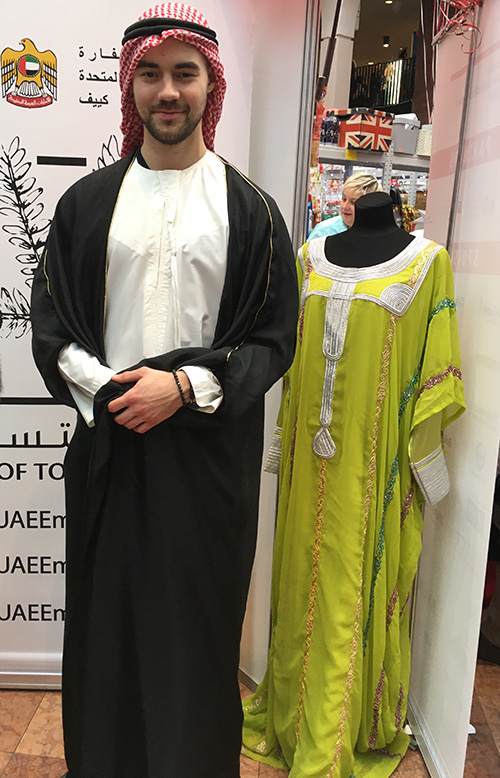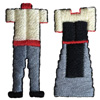 In the Arab world, men often use a specific garment – flowing cloak adorned with beautiful and costly gold or silver embroidery. This piece of clothes can be very expensive – up to $5,000. Some people think that it is winter outerwear but that’s not true. In any case, the bisht – it’s how this traditional cloak is called – is too thin to give any real warmth. But why do Arab men use it then? What function does bisht have? Let’s find out.
In the Arab world, men often use a specific garment – flowing cloak adorned with beautiful and costly gold or silver embroidery. This piece of clothes can be very expensive – up to $5,000. Some people think that it is winter outerwear but that’s not true. In any case, the bisht – it’s how this traditional cloak is called – is too thin to give any real warmth. But why do Arab men use it then? What function does bisht have? Let’s find out.
So, as we’ve said, a bisht is a traditional male cloak used in all of the Arab countries. It is even sometimes poetically called the “wing of the Arab”. It is a long and loose cloak; the most common colors are black, beige, gray, cream, or brown. This outfit is always decorated with embroidery but the amount of gold, silver, silk, or copper embroidery is different for different garments – of course, the price depends on these embroidered ornaments.
The bisht is worn on top of the main men’s robe called “kandura”, “thobe”, “thawb”, “kanzu”, or else in various countries. Usually, bisht has long sleeves but short or elbow-length sleeves are also possible. Note that the robe underneath always is long-sleeved – only at home, Arab men wear kanduras or thobes with short sleeves.
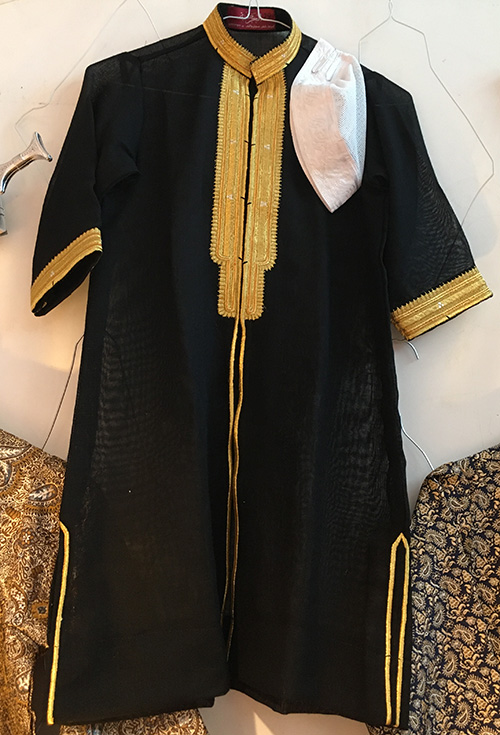
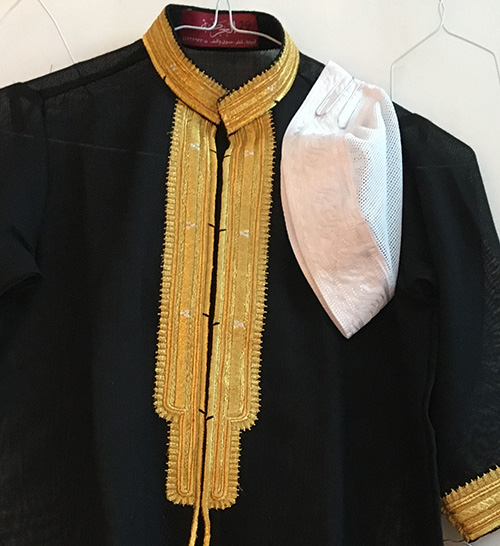
Kid’s bisht from Qatar, richly adorned
Some people consider the bisht winter outerwear, but actually, it is an outer garment for special occasions and different festive events. For instance, men use it for weddings, important meetings, holidays, religious ceremonies, and status events. Also, it can serve as the official attire of the royals, tribal chiefs, imams, and other nobility. The Arab grooms often choose the bisht as an important part of their wedding look.
Though, it is true that in the past, the Bedouins wore bisht as winter wear. But not anymore.
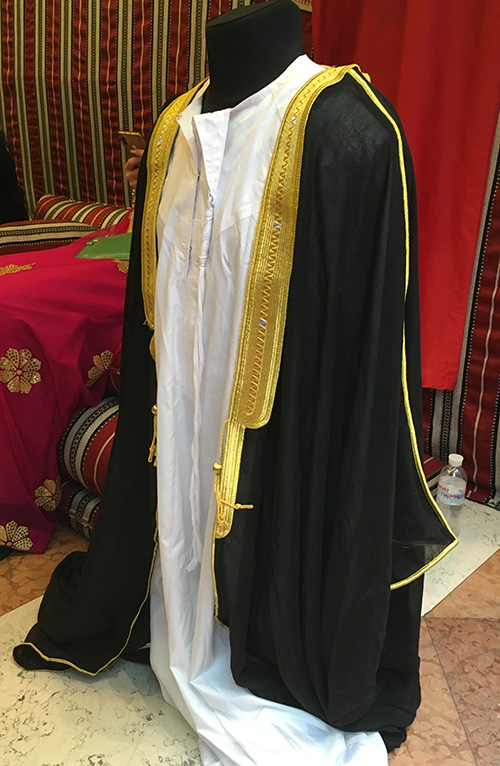
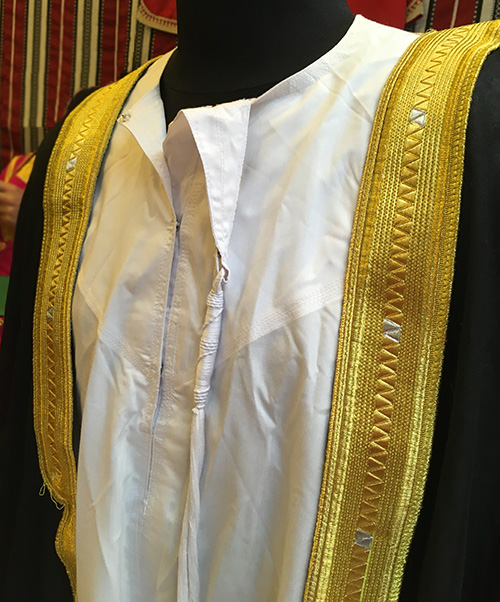
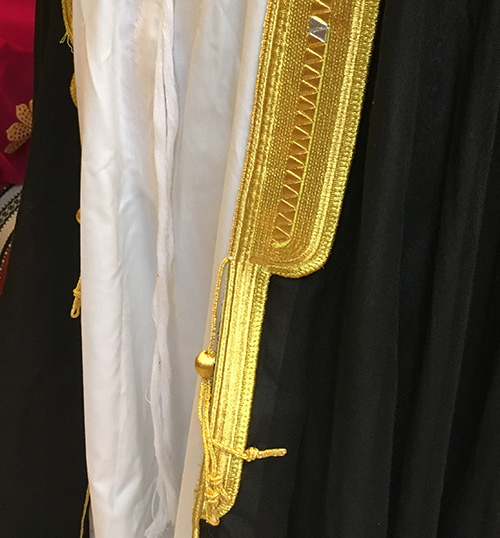
Emirati bisht with a lot of embroideries
The bishts are often very thin, even see-through, which adds them a stately and fancy appearance.
Because it’s a status and hand-embellished (using gold or silver) garment, it is rather expensive. The price for it can reach $4,000-5,000. Luxurious bishts are handmade from fine camel wool and hand-embroidered with gold threads. But, sure enough, there are less costly outfits made from cotton, polyester, and linen. They are less decorated as well. But even comparatively simple and austere bisht cloaks still look regal and elegant. Here is an example.
